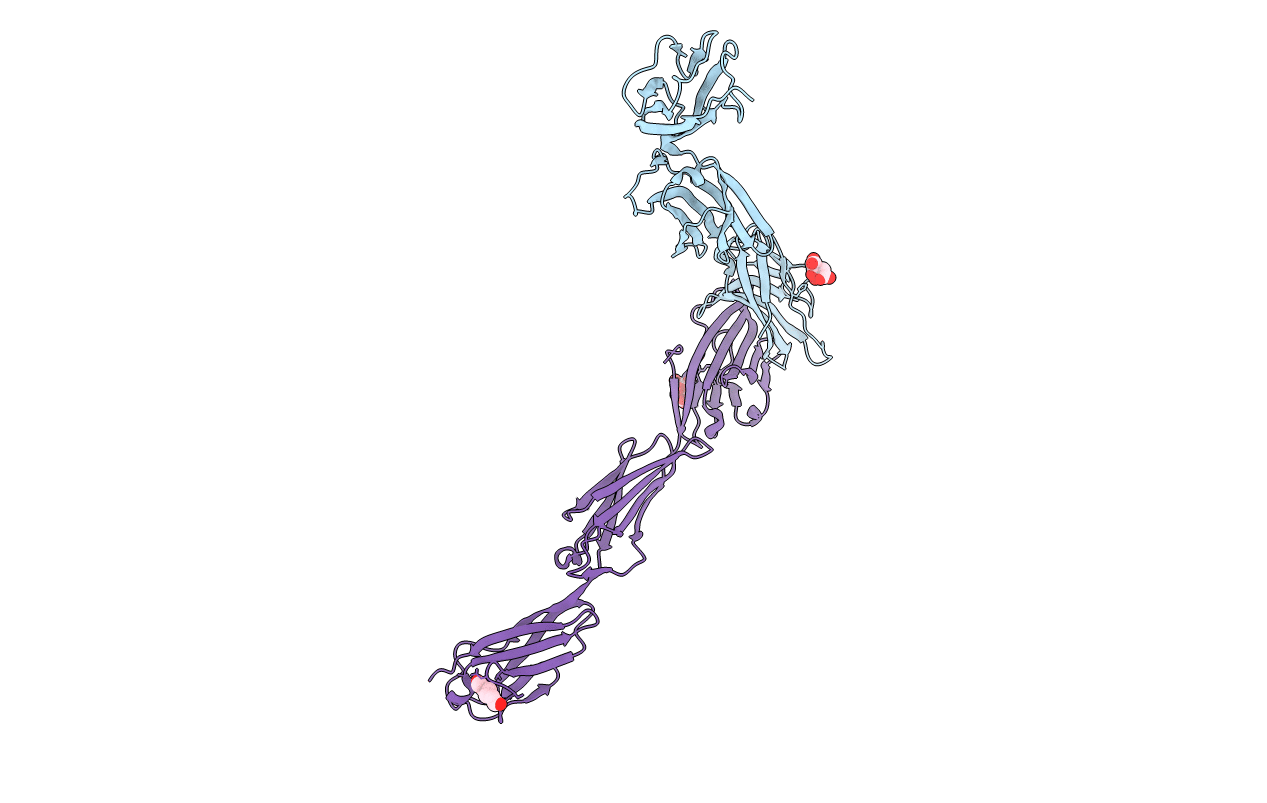
Deposition Date
2010-08-05
Release Date
2011-02-16
Last Version Date
2024-11-20
Method Details:
Experimental Method:
Resolution:
2.80 Å
R-Value Free:
0.22
R-Value Work:
0.18
R-Value Observed:
0.19
Space Group:
P 21 3


